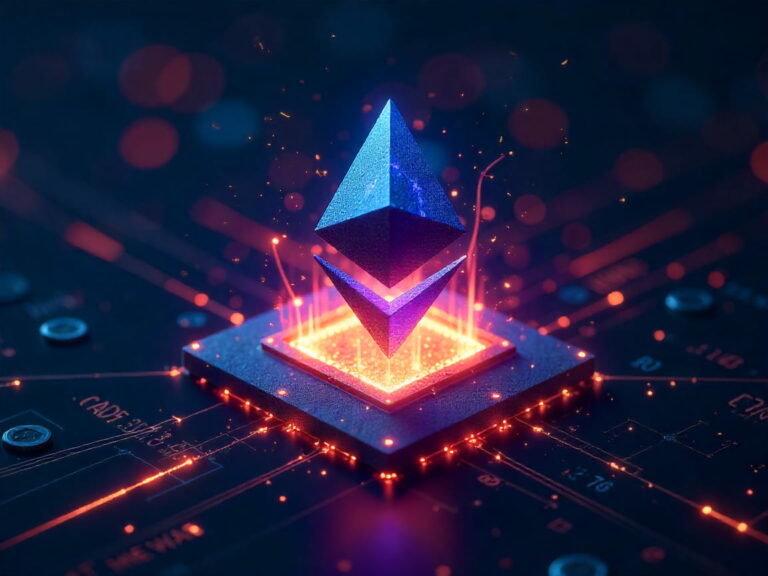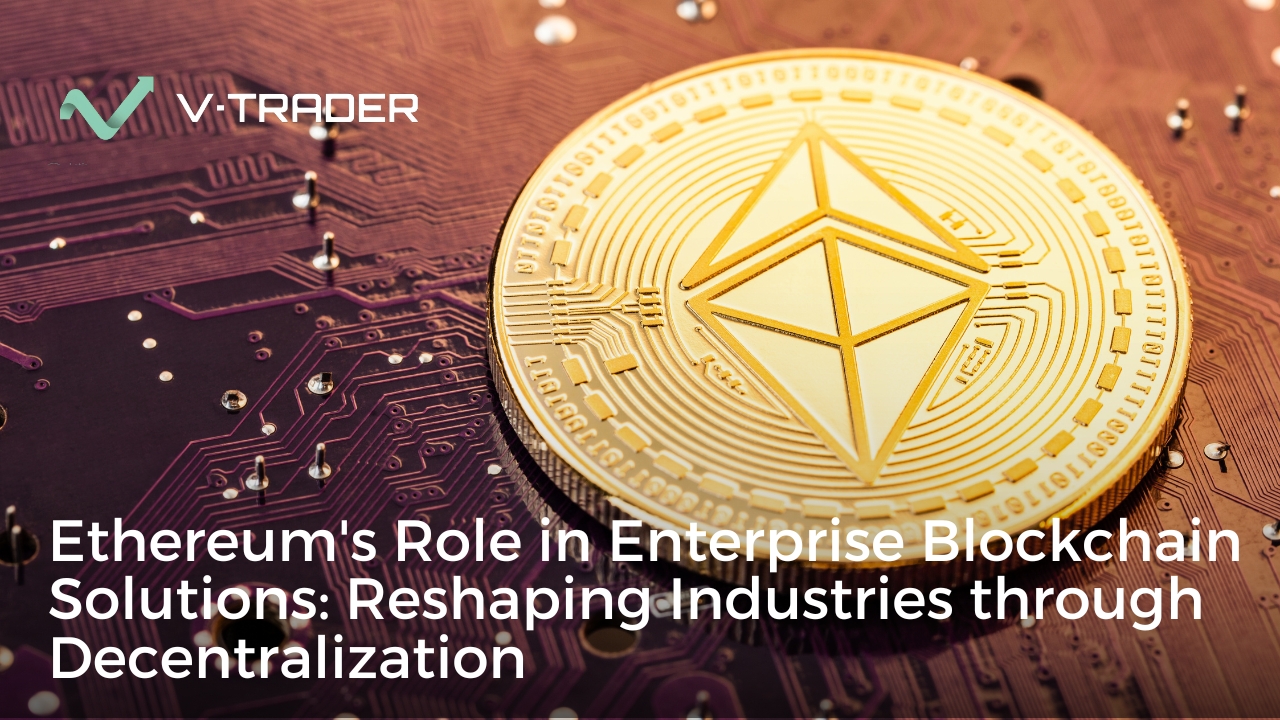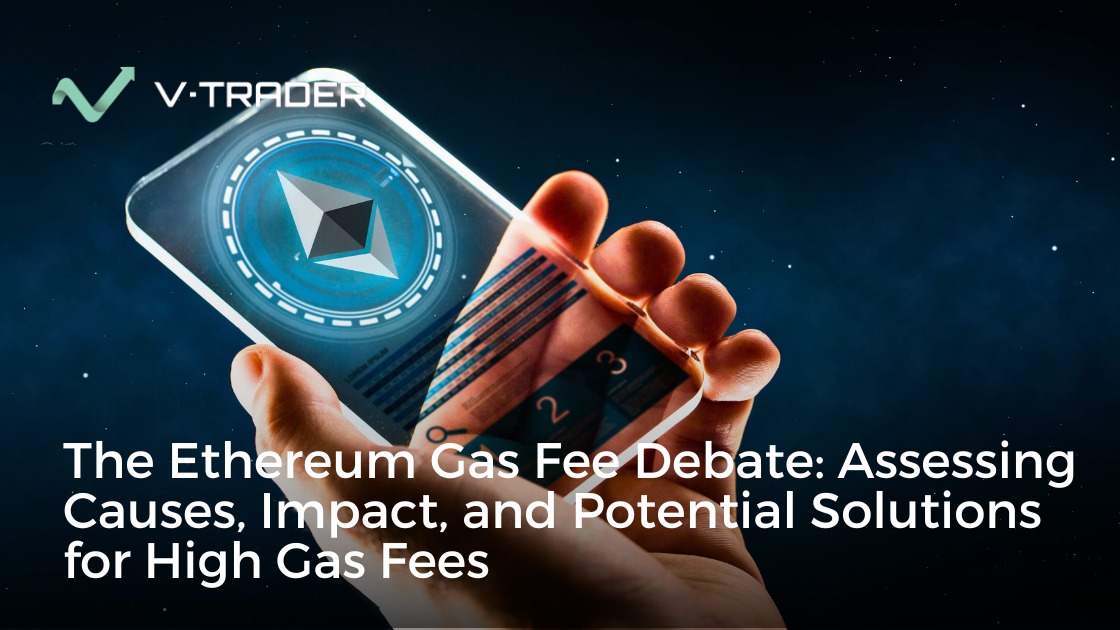This guide is part of the “Guide to ETH Gas Fees” series.
Before 2021, Ethereum transaction fees were a little bit like a wild west auction. Instead of a set price, you’re told, “Guess how much other customers are paying, and offer more if you want your transaction handled first.” Everyone was overpaying to get their transaction through.
Transaction costs, known as gas fees, were unpredictable, confusing, and often inflated because nobody could see what others were paying. That all changed for Ethereum after August 2021 – the London hard fork was rolled out.
It was a highly anticipated network upgrade that implemented five Ethereum Improvement Proposals (EIPs). The most significant out of them was EIP-1559. It changed Ethereum’s fee system from a chaotic guessing game to a more predictable, transparent process. This wasn’t just a technical tweak, it changed how people interact with the network and even altered Ethereum’s long-term monetary policy.
We’ll cover how Ethereum used to work, what’s new, and why it matters for both your wallet and Ethereum’s future.
Table of Contents
Life Before the London Upgrade
Before EIP-1559, Ethereum used a first-price auction model for transaction fees. Every transaction required you to set a gas price, measured in gwei, to pay for the computing power used to process it. Miners would prioritize transactions with higher fees, so users tried to outbid each other to get into the next block.
The issue was that there was no explicit guidance on what price would ensure a speedy transaction. Everyone was making offers in the hopes that theirs would be sufficient, much like when you show up at a street market without price tags. Particularly during times of high activity, many users overpaid to avoid delays. As a result, people had three primary complaints:
- Wildly fluctuating costs depending on the time of day and network congestion.
- Wasted ETH when users bid far more than needed.
- Total frustration and inefficiency, particularly for newcomers.
Fees could increase within minutes during periods of high network traffic, such as token launches or significant news events, which could cause many transactions to become stuck or be canceled. Even experienced Ethereum users found the experience to be stressful and unpredictable.
What EIP-1559 Changed
A new fee structure was introduced by EIP-1559 with the goal of clarifying and predicting transaction costs. The network now determines a base fee for each transaction in a block rather than depending solely on competitive bidding. Additionally, users can expedite processing by adding a small tip or priority fee.
With this modification, determining your gas price is no longer a blind guess. Modern ETH wallets can even suggest accurate fees based on the network’s automatic calculations, making overpayment less likely and the whole process more transparent. It made Ethereum usable again.
Before delving into the specifics, it’s important to understand the three main components of Ethereum’s most recent fee structure and how they interact to affect your payment.
The Base Fee
Ethereum’s updated fee structure is based on the base fee. The network automatically determines the minimum amount that each transaction in a block must pay. The network checks its level of fullness after every block; if it was over 50% full, the base fee goes up a little; if it was less than 50% full, the base fee goes down. With a cap of roughly 12.5% per block, this gradual adjustment prevents fees from abruptly rising or falling.
The fact that this base fee is burned rather than given to validators is one of the most significant changes. Through the process of burning, that quantity of ETH is permanently removed from circulation, gradually decreasing the overall supply. Theoretically, if demand remains constant or increases, this deflationary pressure could raise the value of ETH.
The Priority Fee
Although optional, the priority fee (also referred to as a tip) can expedite your transaction. A small tip can make your transaction more appealing, especially when the network is busy, as validators decide which transactions to include first. Instead of overbidding and wasting ETH, which was typical under the previous system, the goal is to add just enough to get ahead of other transactions in the queue.
For most transactions, a modest priority fee is enough to get confirmed quickly. You can check how much the current gas price is for free here: vTrader’s Ethereum Gas Fees Tracker.
The Max Fee
The max fee, or maxFeePerGas, is the highest amount per gas unit you’re willing to pay for your transaction in total. It covers both the base fee and the priority fee combined.
If the end total ends up being less than your indicated max, the unused portion is automatically refunded to you. This shields you from unexpected spikes in gas prices between the time your transaction is submitted and its confirmed.
The Impact This Has on Regular Users
The biggest benefit is predictability. Wallets are now able to show precise estimates for the upcoming block since the base fee changes gradually and transparently. This helps users avoid paying too much and lessens the amount of guesswork.
For instance, if you wanted to transfer Ethereum from one wallet to another in order to reimburse a friend, you could easily see how much it would cost in the coming minutes and choose whether to send it right away or hold off until the network is more stable. Previously, this level of visibility was just not achievable.
It’s critical to understand that EIP-1559 does not ensure low fees. Just as traffic jams occur during rush hour, costs also increase when block space is in high demand. What has changed is that you now have better tools to manage the fee spikes and they are more predictable.
Why This Matters for Ethereum’s Economy
Burning the base fee introduces a new economic dynamic to Ethereum. A portion of ETH is destroyed each time a transaction is made. It is possible to burn more ETH than is produced by validator rewards when network activity is sufficiently high. Because of this, Ethereum may become deflationary for a while, which means that its overall supply will gradually decline.
For anyone who owns Ethereum as an investment, this is important. According to fundamental economic theory, Ethereum’s price may increase if its use case expands and demand increases while supply decreases. EIP-1559 therefore has implications far beyond individual transactions, it subtly shifts Ethereum’s long-term value proposition.
Changes for Validators
Under the old system, miners earned the entire transaction fee. Now, with the base fee burned, validators (who replaced miners after Ethereum’s switch to proof of stake) earn only the priority fee plus their block reward. As a result, validator income is more directly linked to transaction volume and tip levels, changing incentives. Although it lowers their fee income, burning could partially make up for the loss if ETH’s value increases.
Implications for the Ethereum Community
Ethereum’s fee market is now more transparent, user-friendly, and financially sound thanks to EIP-1559. Better control is granted to users, wasteful spending is decreased, and a mechanism that can increase ETH’s value over time is introduced.
Economically, the burning of base fees has introduced something profound: ETH now has a built-in mechanism that can make it more scarce over time. When network activity is high, more ETH is burned, which increases deflationary pressure. While no one can promise price movements, this dynamic ties network usage directly to ETH’s long-term supply curve. For long-term holders, that’s a meaningful change.
For developers, EIP-1559 means a more stable platform to build on. dApp teams can create better user experiences with predictable fee behavior, particularly for applications where cost and timing are crucial.
For the community, it is a step in the direction of a more developed, reliable, and effective network that can better handle both routine business operations and sophisticated applications. Complex contract interactions are more predictable, and daily transfers don’t feel as scary.
What’s Going To Happen to Ethereum Next
EIP-1559 was never meant to be the final word on Ethereum fees, it’s a building block for what’s coming. By stabilizing the fee market and linking base fee burns to network activity, it created a cleaner, more predictable environment for the next wave of upgrades.
The biggest of those upgrades is Ethereum’s ongoing scalability push. Proto-danksharding (EIP-4844) is already in motion, introducing “blob” data storage that drastically reduces the cost of posting Layer 2 transactions to mainnet. This doesn’t replace EIP-1559; it works alongside it. While EIP-1559 makes the fee system fairer and easier to understand, proto-danksharding attacks the root issue of congestion by giving the network more room to breathe.
Longer term, full danksharding will split Ethereum’s data load across multiple shards, multiplying capacity and making fees even more predictable.
The future is about choice for users. While regular transfers, gaming transactions, and micropayments will move to Layer 2s that settle cheaply to the mainnet, high-value transactions may still occur on Layer 1 when security and finality are crucial. It will be simpler to switch between these layers without experiencing fee shock because EIP-1559 ensures that the fee logic is consistent between them.
Using London’s Changes to Save on ETH
The London upgrade was far more than just a technical solution, it marked a shift in how Ethereum functions and is perceived by those who use it. It made gas prices something you can budget for rather than rely on chance by implementing a transparent base price and optional tip system (instead of a frantic bidding war). Additionally, it incorporated a deflationary component into ETH itself, ensuring that each transaction contributes to the long-term growth of the currency.
If you want to make the most of these changes, timing your transactions is key. Checking live Ethereum gas prices lets you avoid overpaying when the network is congested. Pair that with watching ETH’s market trends, and you can decide not only when to trade, but when to hold or move your assets for maximum personal gain.
You can see both in one place: track real-time gas fees with vTrader’s ETH Gas Tracker, and explore ETH’s price movements on vTrader’s currency page. These tools turn the London upgrade’s benefits into real savings and smarter decisions for everyone using Ethereum.
If you’re ready to put these timing strategies into practice and start building your ETH position, you can buy Ethereum securely at vTrader.

Steve Gregory is a lawyer in the United States who specializes in licensing for cryptocurrency companies and products. Steve began his career as an attorney in 2015 but made the switch to working in cryptocurrency full time shortly after joining the original team at Gemini Trust Company, an early cryptocurrency exchange based in New York City. Steve then joined CEX.io and was able to launch their regulated US-based cryptocurrency. Steve then went on to become the CEO at currency.com when he ran for four years and was able to lead currency.com to being fully acquired in 2025.


